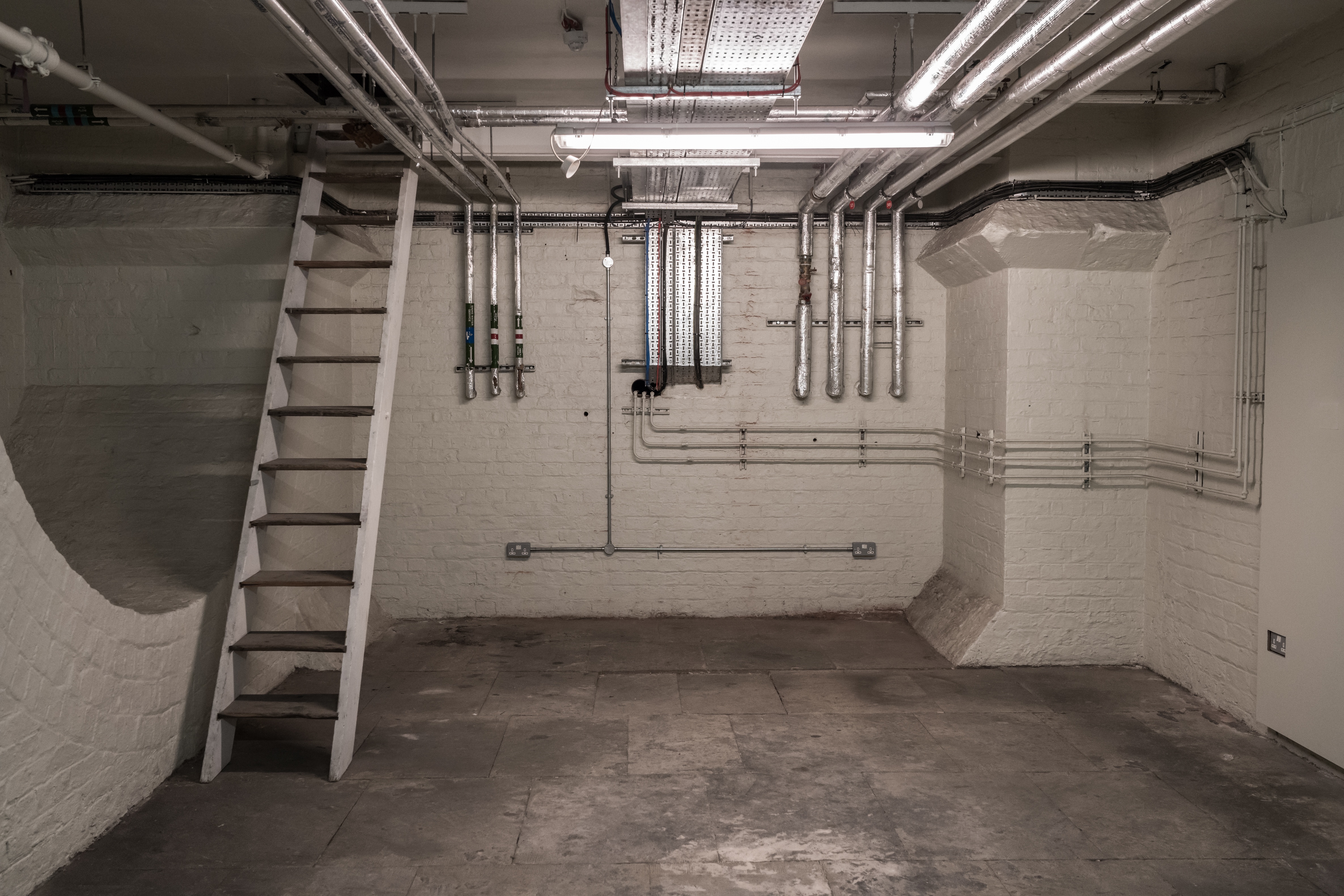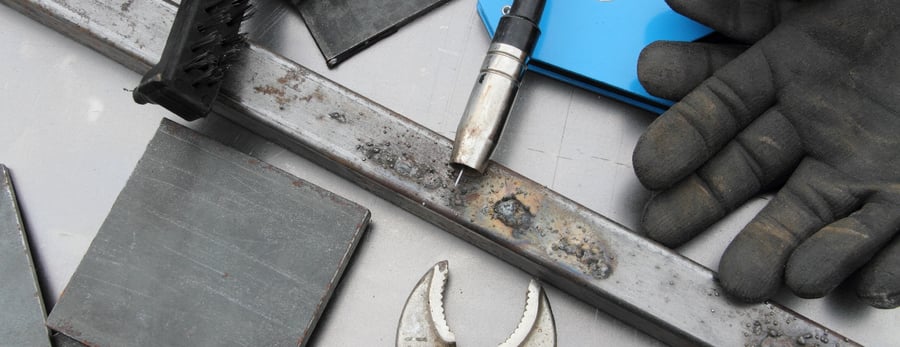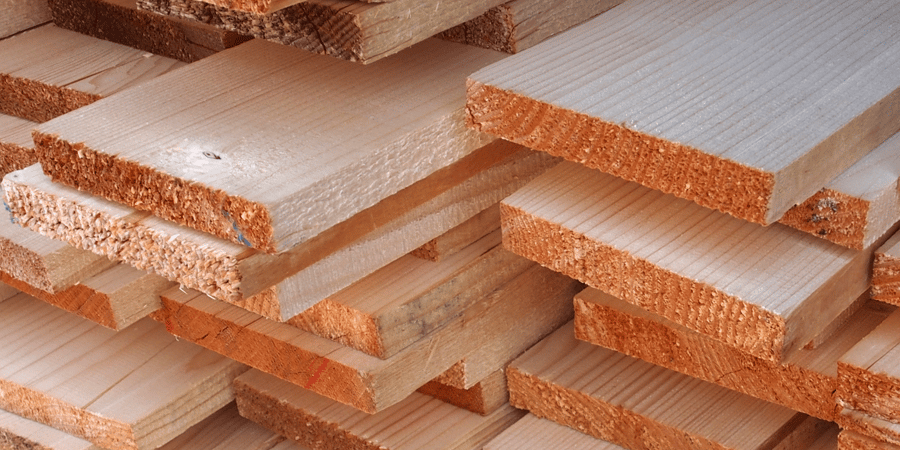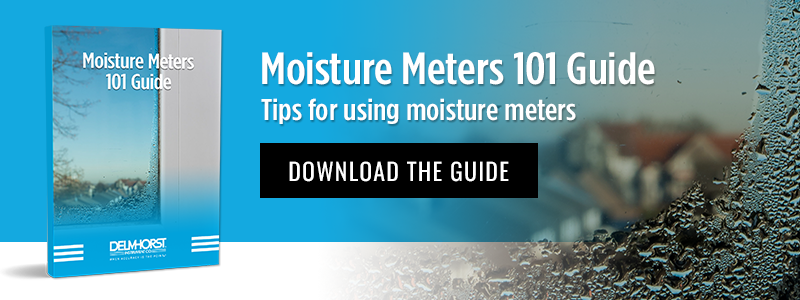Why You Should Always Check for Moisture in Your Basement

Everyday, homes and businesses are exposed to water damage in one form or another. Whether it’s catastrophic flooding, seepage from a burst or leaky pipe, or a fault in the building’s structure that allows moisture in, there are numerous ways for water to make it into a building.
Left unchecked, excess moisture can cause significant damage, allowing for the growth of mold or the weakening of structural materials.
It’s particularly important to check for moisture in your basement on a regular basis.
Why? A few reasons include:
1: Water Tends to Run to the Lowest Available “Ground”
It’s a simple scientific fact that water will follow the path of least resistance until it cannot move anymore. As the lowest point in a building, the basement is the ultimate destination for water. While water pooling in the basement is more common (and immediately obvious) following a major flooding event, water leaking from pipes between walls in the structure may also collect in the basement.
2: Basements Are Often Subject to “Out of Sight, Out of Mind”
Main areas for homes and office buildings are frequented by many of the building’s occupants—so, any obvious signs of water damage are usually found sooner rather than later.
However, basements in homes and offices are not as likely to see foot traffic on a daily basis. As a result, it may be longer before someone finds the problem. Regularly inspecting the basement—particularly after a flood, severe weather event, or burst pipe in the building—is crucial for finding the excess moisture quickly enough to prevent permanent damage.
3: Just Because Flood Waters Have Receded Doesn’t Mean the Basement is Clear
If, after a major flooding event, the flood waters recede, that doesn’t mean all of the excess moisture is gone from the structure. Moisture can be absorbed by many different materials in the basement—providing fertile ground for mold to grow or pests to nest in for weeks after the flood waters are “gone.”
Testing the moisture content of various materials in the basement is a must after any major flooding event.
How to Test Moisture in a Basement
 There are a few things that home and business owners can do to test for the presence of excess moisture in a basement.
There are a few things that home and business owners can do to test for the presence of excess moisture in a basement.
One fast check is to use a thermo-hygrometer to test the relative humidity (RH) conditions in the basement. Elevated RH levels could be an indication of moisture-compromised materials and the need for further testing.
Moisture meters are another useful tool for detecting moisture in the basement. There are two types of moisture meters that you can use: pin and pinless meters.
- Pin Meters use the principle of electrical resistance to measure the amount of moisture in various materials between two electrodes. Since water is a conductor, the more water is present, the lower the resistance will be (and vice versa).
- Pinless Meters use electromagnetic radio frequency waves to scan an area and uses the distortions in the wave to measure the amount of water in the material being tested.
Pinless meters are popular because they’re easy to use and can take readings over a larger area than pin meters—speeding up the testing process. However, pinless meters require a flat, solid surface to work properly. So, pin-type moisture meters are often necessary for testing softer materials or ones with curved, uneven surfaces.
Some people use both types of moisture meter, or special 2-in-1 devices that combine the functions of pin and pinless meters in one device.
Need help finding the ideal moisture meter for your basement moisture testing needs? Contact Delmhorst to learn about the many different types of moisture meters available, and which one best suits your requirements!
Subscribe to Our Blog
Post Related

How to Store and Re-Dry Your Electrode


.jpg?width=900&name=iStock-1308767027%20(1).jpg)